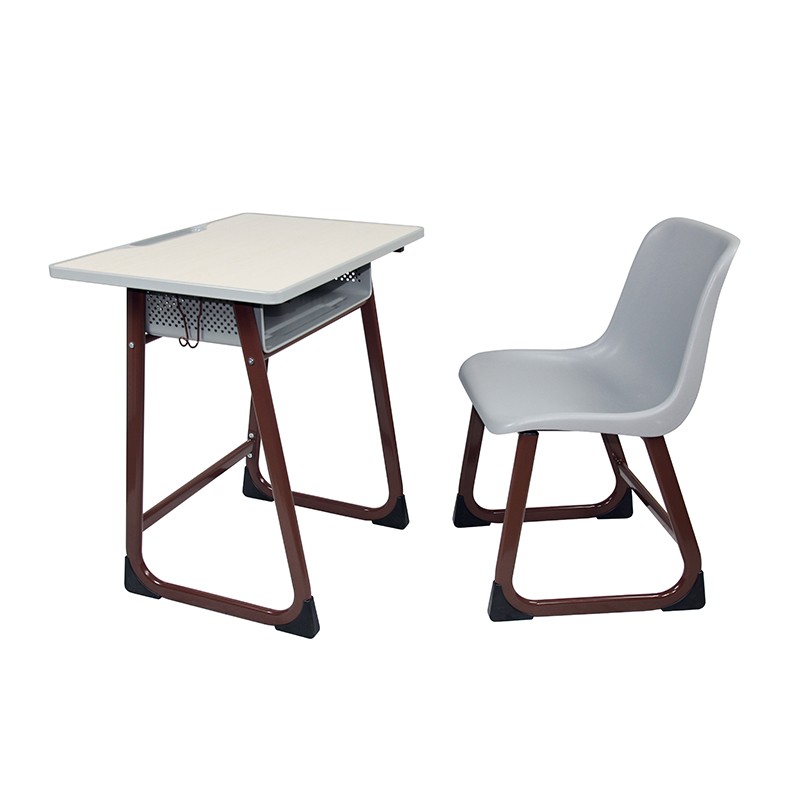How Can Office Chair Manufacturers Break Through The Testing Barriers?
1. Core upgrade of BIFMA LEVEL 2 certification: from basic safety to full life cycle sustainability
Performance strength doubled: chair back durability test increased from 200,000 times to 400,000 cycles, seat impact test energy increased to 1.8J;
Chemical substance control: 63 new SVHC high concern substances in REACH regulations were added, and VOC emission must comply with CDPH Standard Method V1.2;
Social responsibility verification: SA8000 or ISO 26000 social responsibility audits are mandatory to ensure that there is no child labor or forced labor in the supply chain.

2. 6 must-pass test items and cracking strategies
1. Dynamic durability test
Test content: The seat, back, and armrests simultaneously bear a load of 113kg and complete 400,000 cycles;
Cracking key: using chrome-molybdenum steel frame + high-resilience polyurethane foam, and pre-installing lubricants in the hinges to extend life.
2. Stability test
Test conditions: The backrest is tilted to the maximum angle, and the seat surface is subjected to a horizontal thrust of 136kg, and overturning is prohibited;
Design points: The base diameter is ≥550mm, and the counterweight block must account for more than 30% of the weight of the entire chair.
3. Flame retardancy test
Standard requirements: The open flame spread speed of the seat fabric is ≤10cm/min, and the peak smoke density is <450;
Compliance path: Choose Nomex aramid blended fabric or add phosphorus flame retardants (need to avoid the halogen flame retardant solution banned by the EU).
4. Ergonomic adaptation verification
Adjustment dimensions: The seat height, lumbar support height, and armrest inclination must be adjusted without tools;
Data support: A 3D human body scan report must be provided to prove that it is suitable for the 5th to 95th percentile adult body shape.
5. Environmentally friendly material traceability
Core documents: FSC/PEFC wood source certificate, GRS recycled plastic content report;
Detection pitfalls: Note that the new EU regulations prohibit the use of PFAS coatings, and water-based UV-curing coatings must be switched in advance.
6. Carbon footprint accounting
Accounting scope: carbon emissions from the entire life cycle from raw material mining to product scrapping;
Carbon reduction plan: adopt regionalized supply chain.
3. 4 steps to overcome the certification process
Pre-inspection and gap analysis
Commission UL, Intertek and other laboratories to conduct pre-testing to identify structural weaknesses);
Material compliance reorganization
Establish a BIFMA-specific material library, such as replacing PVC armrest cushions containing phthalates with TPE materials;
Production line transformation verification
Key processes must pass AI visual inspection to ensure that batch consistency errors are less than 0.5mm;
Certification document packaging
Compile test reports, material certificates, and carbon footprint statements and submit them to BIFMA for official review.
4. 3 iron rules for selecting bifma certified office chairs suppliers
Transparent test data
Require suppliers to open real-time monitoring permissions for test laboratories;
Modular design compatibility
Verify whether the chair back and base support integration with third-party lift tables and conference systems;
After-sales compliance guarantee
Sign a "10-year material commitment" to ensure that it still meets BIFMA chemical release standards after long-term use.
5. AOYASI's LEVEL 2 certification practice: redefining the industry benchmark
Extreme test rehearsal: complete 300% super-standard pre-test in its own laboratory to ensure zero certification risk;
Low-carbon technology matrix:
Bio-based nylon gears;
Bamboo fiber composite chair back;
Smart compliance system: Each chair has a built-in NFC chip, and scanning the code can trace the source of materials, test reports and maintenance records.


